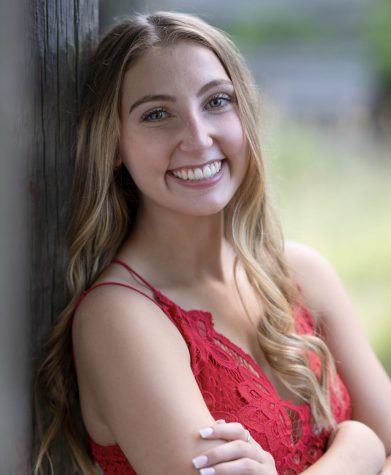The Issue With Implicit Bias

One of the most relevant topics that has gained popularity in the media is implicit bias. Many of us are familiar with bias but are unaware of the different forms.
According to the Stanford Encyclopedia of Philosophy, explicit bias is the conscious attitudes and beliefs we have about a certain person or group, whereas implicit bias are these same judgements that are formed and expressed unconsciously.
With the events of 2020 and the Black Lives Matter movement gaining momentum after the death of George Floyd on May 25, many companies and organizations have instilled mandatory training on bias, especially in the workplace.
However, these training programs often focus on fixing explicit biases rather than implicit. We need to be aware of and improve the unconscious biases we express in daily life.
However, first we need to understand them.
Implicit biases can be positive or negative, and it is different from thoughts we suppress or conceal to keep peace. The human brain automatically and uncontrollably makes associations between concepts, this can be referred to as chunking. In 1956, Professor of Psychology at Princeton George A. Miller, developed the idea that people process information in chunks.
This process can instill unconscious biases in all of us by associating things, people and groups together every day. However, this biological mechanism does not excuse the use of judgemental behavior.
Many conversations regarding implicit bias refer to racial or homophobic issues — which are valid and all too common — but, these ideas go beyond the realm of just race and/or gender and can be seen in all aspects of our lives, including in school. Which is why it is so important that we all acknowledge these behaviors.
Yale’s Poorvu Center for Teaching and Learning, educates those in the program that both instructors and other students can hold assumptions about students’ abilities, behaviors and capability for academic success on a basis of factors that are irrelevant–– and we should do the same. These assumptions can impede student growth and performance according to the Kirwan Institute for the Study of Race and Ethnicity’s Implicit Bias Review 2017.
For example, Yale explains that teachers often assume that students will best relate to the historical, contemporary or fictional characters that resemble them demographically rather than emotionally mentally or spiritually. Students who are affiliated with a particular identity group may also be treated as experts on related issues.
So, how can we all improve our implicit biases?
The solution is based in the difficult process of self-reflection.
Defined by Merriam-Webster as a reflective examination of one’s beliefs or motives, self-reflection allows us to consider why we think in a particular way. Taking the time to review our decisions and actions and evaluating them against each of our core values is critical to acting with integrity and annihilating personal biases. Once we recognize our bias we can work to eliminate it by thinking about how it affects our peers.
However, this process is not linear.
Not only does reflection need to be practiced often, but the person themself must want to make a change.
In school instructors can reflect on their own biases and consider their own pedagogical habits by providing anonymous student surveys, getting feedback from an outside observer and working to cultivate inclusivity.
Students can reflect on who they surround themselves with and how and why they treat others the way they do.
By promoting a world in which people reflect on their own actions and examine the way they view others, inclusivity becomes a priority not just a requirement. Students and teachers alike will feel more comfortable at school, home, or in society in general.
All in all, implicit bias is an issue that can be seen every day. People should make an effort to resolve it by understanding why the bias is there and working to eliminate it.

Claire Stein is a senior, and this is her first year on staff. She enjoys drinking coffee, going shopping, hanging out with friends and listening...



